
ABC’s Of Skin Cancer
Skin cancer is the most common cancer in the United States, with millions of cases diagnosed each year. It’s also one of the most preventable cancers and highly treatable when found early.
The type of skin cancer a person gets is determined by where the cancer begins. If the cancer begins in skin cells called basal cells, the person has basal cell skin cancer. When cells that give our skin its color become cancerous, melanoma develops.
Here you’ll see what the most common types of skin cancer can look like and who tends to develop each type.
What does skin cancer look like?
Basal cell carcinoma (BCC)
This is the most common type of skin cancer.
- BCC frequently develops in people who have fair skin. People who have skin of color also get this skin cancer.
- BCCs often look like a flesh-colored round growth, pearl-like bump, or a pinkish patch of skin.
- BCCs usually develop after years of frequent sun exposure or indoor tanning.
- BCCs are common on the head, neck, and arms; however, they can form anywhere on the body, including the chest, abdomen, and legs.
- Early diagnosis and treatment for BCC are important. BCC can grow deep. Allowed to grow, it can penetrate the nerves and bones, causing damage and disfigurement.
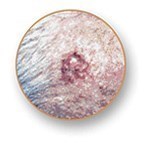 Basal cell carcinoma: This is the most common type of skin cancer. It looks like a flesh-colored, pearl-like bump, or pinkish patch of skin.
Basal cell carcinoma: This is the most common type of skin cancer. It looks like a flesh-colored, pearl-like bump, or pinkish patch of skin.
Squamous cell carcinoma (SCC) of the skin
SCC is the second most common type of skin cancer.
- People who have light skin are most likely to develop SCC. This skin cancer also develops in people who have darker skin.
- SCC often looks like a red firm bump, scaly patch, or a sore that heals and then re-opens.
- SCC tends to form on skin that gets frequent sun exposure, such as the rim of the ear, face, neck, arms, chest, and back.
- SCC can grow deep into the skin, causing damage and disfigurement.
- Early diagnosis and treatment can prevent SCC from growing deep and spreading to other areas of the body.
 Squamous cell carcinoma: The second most common type of skin cancer. Often looks like a red firm bump, scaly patch, or a sore that heals and then re-opens.
Squamous cell carcinoma: The second most common type of skin cancer. Often looks like a red firm bump, scaly patch, or a sore that heals and then re-opens.
SCC can develop from a precancerous skin growth
- People who get AKs usually have fair skin.
- AKs usually form on the skin that gets lots of sun exposure, such as the head, neck, hands, and forearms.
- Because an AK can turn into a type of skin cancer, treatment is important.
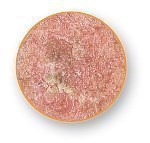 Actinic keratoses: These dry, scaly patches or spots are precancerous growths.
Actinic keratoses: These dry, scaly patches or spots are precancerous growths.
Melanoma
Melanoma is often called “the most serious skin cancer” because it has a tendency to spread.
- Melanoma can develop within a mole that you already have on your skin or appear suddenly as a dark spot on the skin that looks different from the rest.
- Early diagnosis and treatment are crucial.
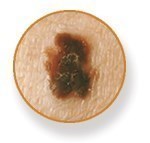 Melanoma: The deadliest form of skin cancer. Frequently develops in a mole or suddenly appears as a new dark spot on the skin.
Melanoma: The deadliest form of skin cancer. Frequently develops in a mole or suddenly appears as a new dark spot on the skin.
Knowing the ABCDE warning signs of melanoma can help you find an early melanoma.
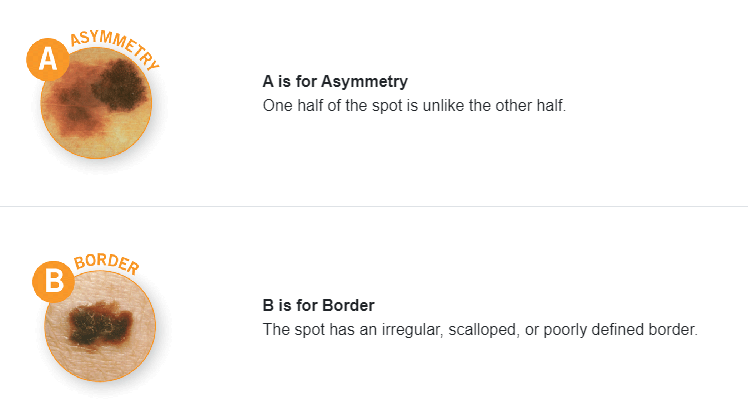
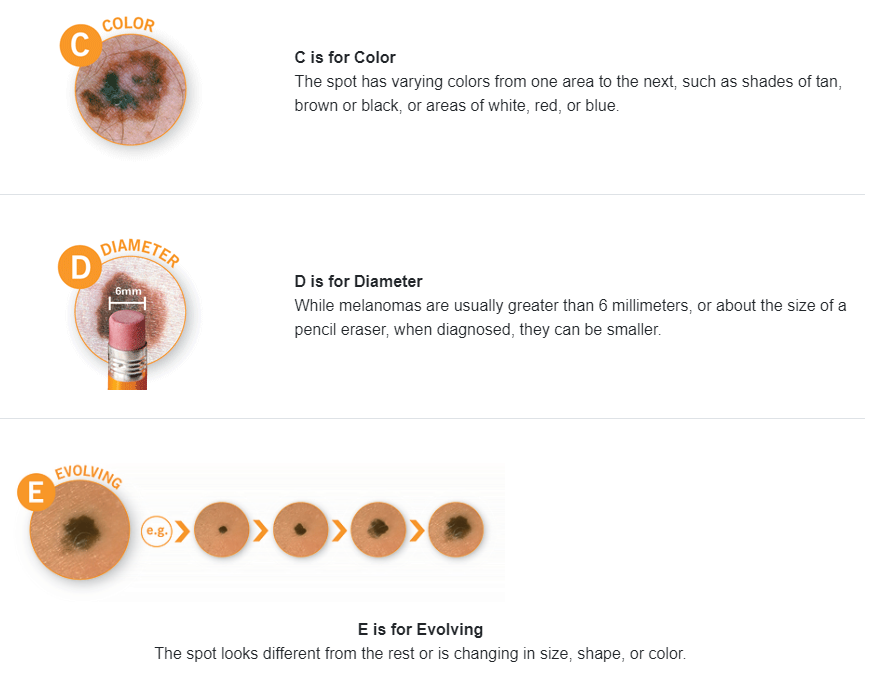
Skin Care Doctors, P.A. provides total body scans to check your skin for potential areas of concern. Contact us today to schedule your skin cancer exam. 952-898-1600
Article Sources:
https://www.aad.org/public/diseases/skin-cancer/types/common
https://www.aad.org/public/diseases/skin-cancer/find/at-risk/abcdes

